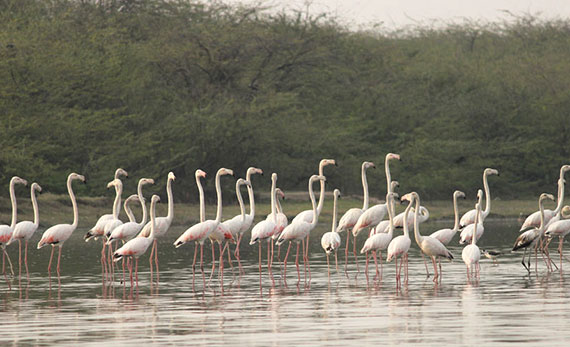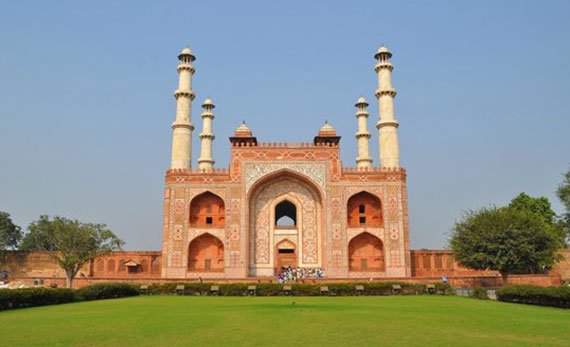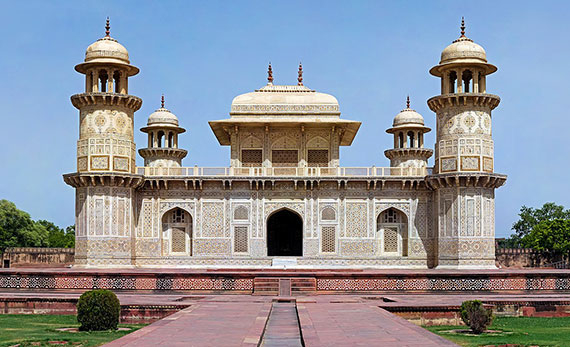
The head quarter of the Radha Soami sect. On the sprawing lawns here, is a beautiful marble temple with beautiful carving of fruits, flowers, leaves and plants which have been reduced in to stone true to nature, and are distinctive specimens of the plastic art ( Under constructions for almost 100 years).
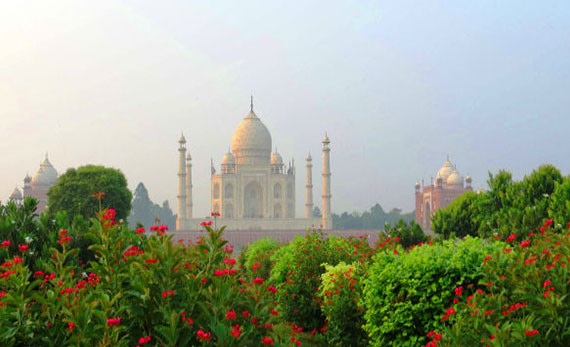
The Mehtab Bagh garden was the last of eleven Mughal-built gardens along the Yamuna opposite the Taj Mahal, ( Mehatabh Bagh is a Garden where you can see Sunset view ) and the Agra Fort; the first being Ram Bagh. It is mentioned that this garden was built by Emperor Babur (d. 1530). It is also noted that Emperor Shah Jahan had identified a site from the crescent-shaped, grass-covered floodplain across the Yamuna River as an ideal location for viewing the Taj Mahal.
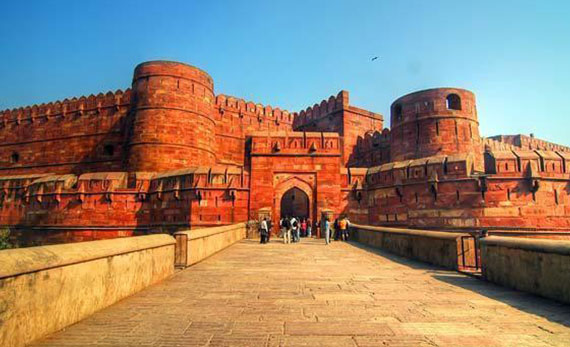
The great mughal emperor Akbar commissioned the construction of the Agra Fort in 1565. A.D. although addition were made till the time of his grand son Shahajehan. The forbidding exteriors of the fort hide an inner paradise.
There are a number of exquisite builidings like the Moti Masjid- a white marble mosque akin to a perfect pearl; Dewan-e-Aam. Diwan- e-Khas, Jehangir palace; Khas mahal; Sheesh mahal and Musamman or Samman Burz-where shahjehan was held captive in 1666 A.D.
